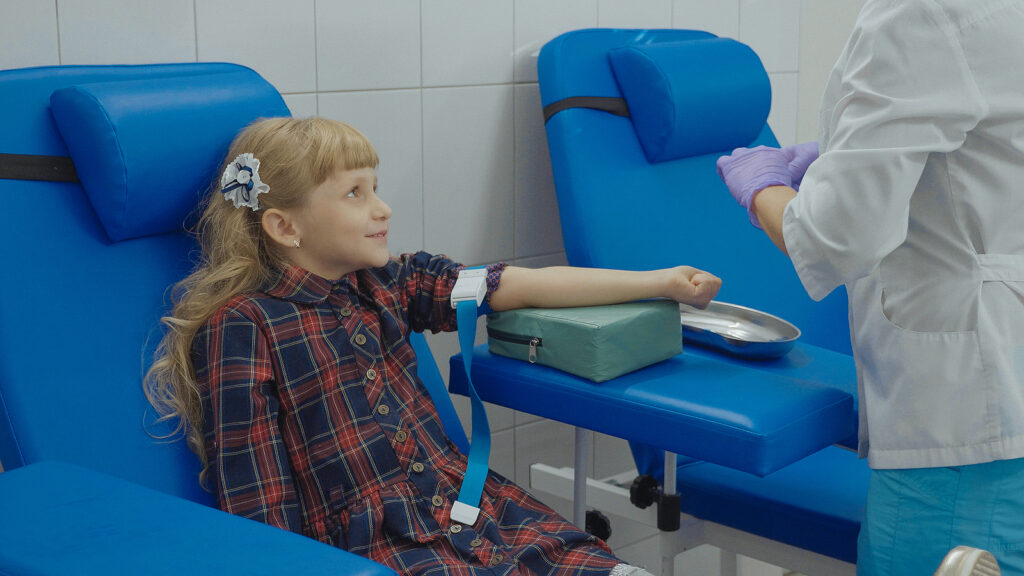By Lucy Piper, medwireNews Reporter
medwireNews: Patients with homozygous familial hypercholesterolaemia (HoFH) who initiate lipoprotein apheresis during childhood and adolescence have a reduced long-term risk for atherosclerotic cardiovascular disease and death, shows follow-up of two international registries.
“Consensus recommendations are now needed to guide more widespread and timely use of lipoprotein apheresis for children with HoFH, and research is required to further optimise treatment and ensure benefits of early and aggressive treatment delivery are balanced against effects on quality of life”, say Albert Wiegman (University of Amsterdam, the Netherlands) and colleagues in The Lancet Child & Adolescent Health.
Data were obtained from two registries – HICC and CHAIN. The former includes patients with clinically or genetically diagnosed HoFH of any age and treatment type, and the latter includes children with confirmed HoFH who started lipoprotein apheresis before the age of 19 years. All the patients were followed up between 2010 and 2021.
A total of 404 patients who were aged a median of 6 years at diagnosis were identified. And of these, 250 participants – 125 receiving lipoprotein apheresis at a mean age of 10 years and 125 receiving pharmacotherapy – were matched for sex and untreated plasma low-density lipoprotein (LDL) cholesterol concentration, which was a median of 17.2 mmol/L.
Ari Horton (Monash University, Melbourne, Victoria, Australia) points out in a related editorial that the lipoprotein apheresis group of patients “lag behind” expert recommendations that apheresis be “started as early as possible—ideally by age 5 years.”
A similarly high proportion of patients in the lipoprotein apheresis and pharmacotherapy groups were taking statins, at 82% and 85%, respectively, while significantly fewer patients in the lipoprotein apheresis group were taking ezetimibe, at 59% versus 74%.
At the last follow-up, the participants were aged a median of 16 years, by which point the reduction in LDL cholesterol concentrations was greater among patients undergoing lipoprotein apheresis than those receiving pharmacotherapy, at a mean of 55% versus 31%.
In all, 42% of patients in the lipoprotein apheresis group and 49% in the pharmacotherapy groups developed atherosclerotic disease, at a similar median age of onset of 15.5 and 16.0 years, respectively. Aortic stenosis was the most common disease, occurring in a corresponding 31% and 39% of patients.
After taking into account sex, age at diagnosis, untreated LDL cholesterol concentration and number of other lipid-lowing therapies, patients receiving lipoprotein apheresis had a significantly longer cardiovascular disease-free survival, at 30 versus 23 years, and a hazard ratio (HR) of 0.52.
The patients in the lipoprotein apheresis group also had a significantly reduced risk for cardiovascular death, with an HR of 0.03.
The rate of cardiovascular death was 1% among those receiving lipoprotein apheresis, significantly lower than the 8% rate seen among those receiving pharmacotherapy, although as highlighted by Horton, the procedure had “no effect on median age of cardiovascular death.” This was 32 years for patients in the lipoprotein apheresis group and 24 years for those receiving pharmacotherapy.
The researchers note, however, that the patients who underwent lipoprotein apheresis received coronary artery bypass grafts at a significantly younger age than those who did not, at 15.0 years versus 30.5 years, although the prevalence was similar, at 9% versus 12%.
Wiegman et al point out that despite the benefits of lipoprotein apheresis, “fewer than 10% of the lipoprotein apheresis group achieved guideline-recommended plasma LDL cholesterol targets, which suggests under-treatment of many patients on lipoprotein apheresis.”
Horton agrees, observing that “with 30–40% of individuals exhibiting aortic stenosis at a median age of 15 years, it would suggest that reduction in LDL cholesterol and lipoprotein A could have been more aggressive and that more specific lipid-lowering therapies might have been beneficial.”
He adds: “Clinicians cannot forget the importance of optimising lipid-lowering therapies before and concurrent with apheresis.”
The researchers conclude: “The advanced understanding of long-term cardiovascular outcomes associated with use of lipoprotein apheresis to treat children with severe HoFH will aid the development of treatment strategies and inform next steps to achieve improved cardiovascular outcomes.”
News stories are provided by medwireNews, which is an independent medical news service provided by Springer Healthcare Ltd. © 2024 Springer Healthcare Ltd, part of the Springer Nature Group
Lancet Child Adolesc Health 2024; doi:10.1016/S2352-4642(24)00073-7
Lancet Child Adolesc Health 2024; doi:10.1016/S2352-4642(24)00105-6

